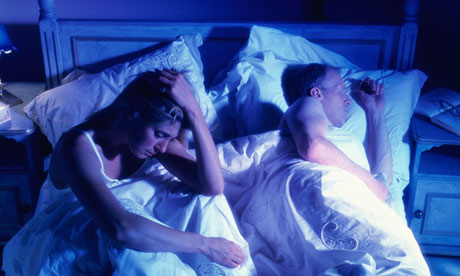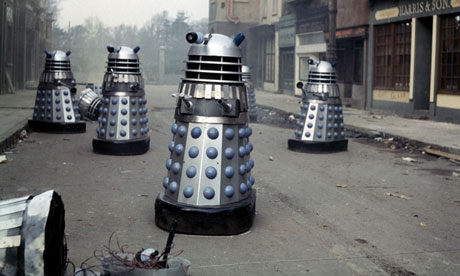10 Things We Should Practice Every Day.
Many worthwhile things in life really do take hard work and practice.
Here’s a list of 10 things that, when practiced daily, will serve to make your life healthier and happier.
1. Mindful eating. When you’re about to pop something into your mouth, ask yourself if you’re doing so because you’re hungry, or if it’s for another reason. There’s nothing wrong with eating something just because it’s good or because you’re socializing, but food is meant to be fuel for your body—and practicing eating with awareness will serve you physically, as well as mentally and emotionally.
2. Positive thinking. If you frequently catch yourself being a Debbie Downer, then spend more time practicing being conscious of your thought patterns. There’s an underlying truth to the concept that thoughts become words and words become actions, so speak your words more carefully—and positively—if you want to have a more optimistic outtake on life.
3. Giving. Giving from a place of love and joy within yourself brings joy and love back into your own life. Practice giving without any intention of receiving, and you’ll likely find you have more to give than you thought possible—and more space to receive life’s happiness in return.
4. Yoga. As one of my teachers said to me this weekend, practicing yoga is practicing connecting what you’re thinking with what you’re doing. If you’re driving your car, you’re thinking about driving your car. Trust me, all of us need to practice this. Why? Because we’ll get more fulfillment out of what we’re doing, and because there’s so much joy in the little things that we miss when we let our minds wander.
5. Listening. Listening is another thing we all need to practice—and I’m not just talking about waiting for the other person to finish speaking so that you can say something. Nearly all of us are also guilty of is trying to fix others or trying to offer advice. Practice listening to someone else and try to refrain from speaking in return. Often all we really want is to say something out loud to someone else, not to be told what to do.
6. Breathing. Okay, I know we do this on our own quite naturally and without practice, but practicing breath work will benefit your body and mind by bringing yourself into yoga (re-read #4) and focused, deep, steady breath is intensely calming to you physiologically. Try this simple three-part breath. Think of your lungs as pitchers and then “pour” the air into the bottom, just like a pitcher, into your belly (deep into your lungs), then breathe into your chest and then up into your throat. Take in one more bite of air and, again like a pitcher, “pour” the air off of the top, exhaling out of your throat, your chest and your belly. Make sure to sit up straight with your shoulders down and back, and try to breath as slowly as you can.
7. Saying no. Practice using your voice, so that it matches your heart. If you find yourself often saying “yes” to a commitment that doesn’t serve you or really isn’t even possible for you to do (and then bowing out of this commitment later), then say “no” the first time around. Think about why you want to say “yes.” Ask yourself what you’re afraid of. Usually we’re afraid of disappointing others or afraid of rejection, but you’re letting yourself down if you spread yourself too thin.
8. Say yes. On the other hand, how many times has a new friend asked you go go to lunch, for example, and you said “no” when you could. Possibly you wanted to, but again encountered fear (fear of not having enough to say; fear of not having enough in common; fear, fear fear). When life hands you opportunities that are healthy for you and healthy for your life, are you saying “no?” Say “yes” instead.
9. Turning off technology. My giving blog also shared another idea with my readers: giving up overuse of technology. I’m by no means saying to stop emailing, using Facebook or reading the news. I am, however, suggesting that instead of flipping on the TV or your laptop when you’re bored that you, I don’t know, go outside or read a book. You know, things that have existed for many, many years that you stopped doing because you’re iPhone’s quite handy.
10. Self-love. How do you love yourself? You begin by speaking kindly to yourself (re-read #2). Has your inner voice become quite harsh? Would you speak to a friend or a stranger the way that you speak to yourself? I truly believe that the first step towards loving and accepting yourself is to talk to yourself the way that you would a child—lovingly, kindly and patiently.
If these little tips seem easy, then congratulations. You’re much farther along then I am.
Many of these practices might seem easy in thought, but give them a shot, every single stinkin’ day, and see just how difficult—and rewarding—they can be.
So go ahead, turn off your computer or phone (after you share and comment on this blog, of course) and then commit to doing any, or all, of these practices—starting today.
- See more at: http://www.elephantjournal.com/2013/02/10-things-we-should-practice-every-day/?utm_source=All&utm_campaign=Daily+Moment+of+Awake+in+the+Inbox+of+Your+Mind&utm_medium=email#sthash.uMgOx8yJ.dpuf


































